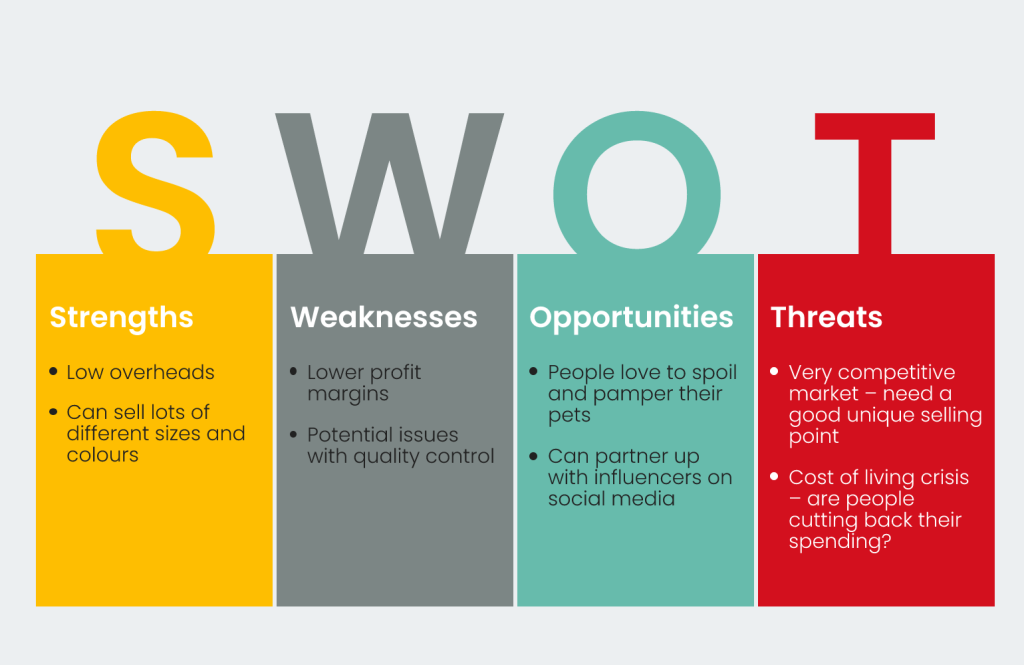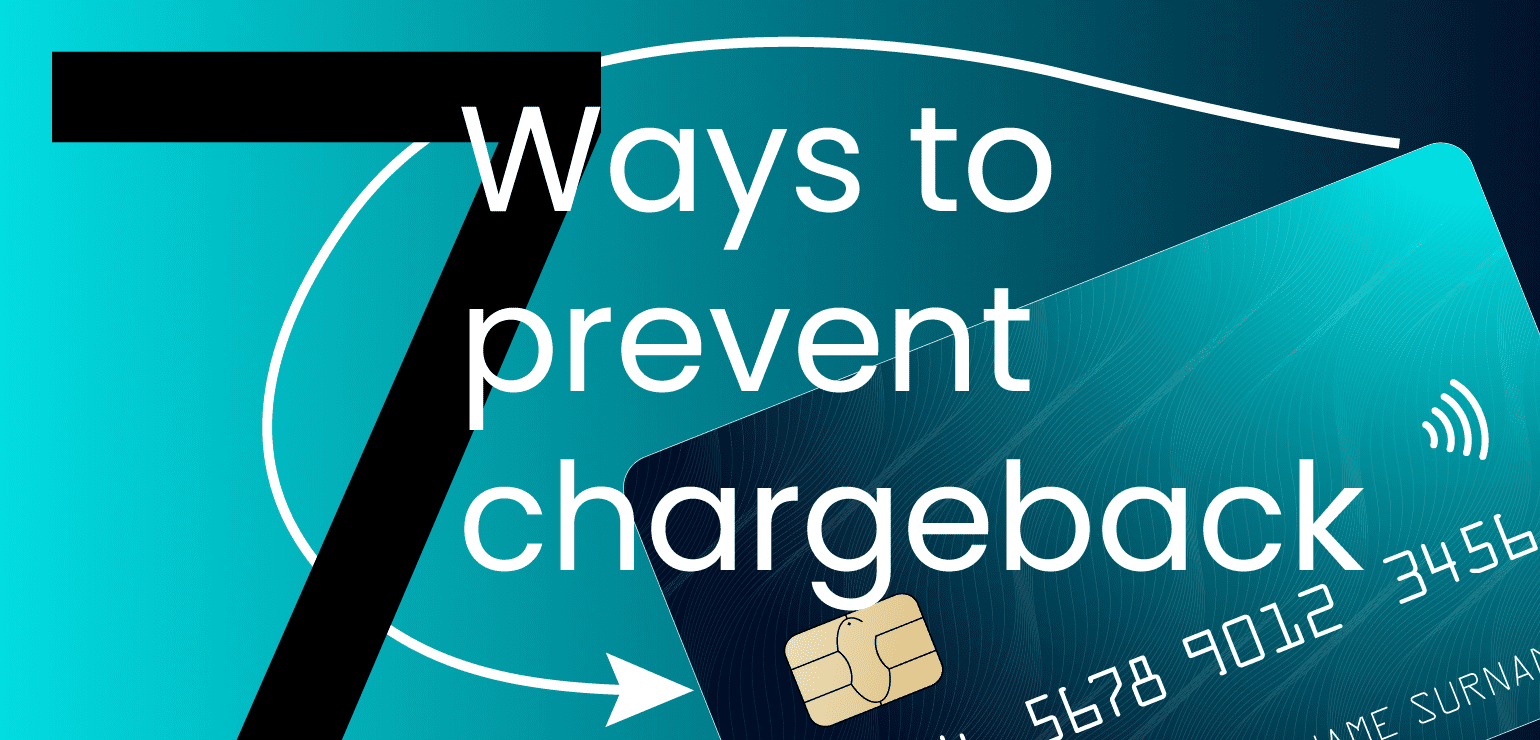Dropshipping: is it the right choice for your eCommerce business?

Article topics
- What is dropshipping?
- What are the benefits of dropshipping?
- What are the drawbacks of dropshipping?
- Is dropshipping legal?
- Is dropshipping eco-friendly?
- How do I get started with dropshipping?
- So… is dropshipping the right choice for your business?
More and more people are starting their own businesses. In fact, there’s been a 24% increase in the number of private companies in the UK since 2010!
Why are so many people now running their own businesses? Social media has made reaching out to potential customers easier, and marketing tools are more affordable than ever. The rise of dropshipping has also had a significant impact.
Not sure what dropshipping is? We’ll lift the lid on this business model in this article, discuss the pros and cons, and help you see if dropshipping is the right choice for you.
What is dropshipping?
Dropshipping is a business model that lets you run an online store without holding inventory.
In the past, if you wanted to sell a product, you had to hold the stock yourself. Then, when a customer placed an order on your website or online marketplace, you had to package and ship it out to them.
Dropshipping cuts out the middle step entirely. A customer places an order with you. You then forward the order to the supplier or manufacturer, who sends the product to the customer on your behalf.

You don’t hold any stock; you just act as the conduit between the customer and the supplier.
What are the benefits of dropshipping?
The starting costs are low
With dropshipping, you only pay for products as and when customers buy them. You also don’t need to pay for storage and postage/shipping costs.
This makes dropshipping an excellent option for people who want to start a business but are on a limited budget. No need to find funding, apply for a loan, or dig into your savings.
You can run your business from anywhere
Dropshipping is flexible – you can run a dropshipping business from anywhere in the world. All you need is an internet connection and a supplier.
Plus, dropshipping makes it easy to sell to other countries. For example, if you want to sell in the US, you can opt to work with US-based dropshippers.
You can sell anything you want
As you don’t have to manage a physical inventory, you can sell anything you want.
There are also no rules on how many suppliers you work with.
You can scale up or down as needed
As demand in your business grows, you can quickly scale your business by selling a wider range of products and working with new suppliers.
Conversely, if you need to take a step back, you can scale down as needed.
What are the drawbacks of dropshipping?
Profit margins can be low
As your supplier is holding and shipping your products, they will expect a significant chunk of your revenue. We estimate that the typical dropshipping product margin is between 15% and 20%.
Of course, your final profit margin will depend on the product you sell, your markup, and the supplier you use.
Less control over products
The main issue with dropshipping is that you have no control over the shipping and quality process. If products are poor quality or are delivered late, customers will complain to you.
You can reduce the risk of this happening by choosing a reliable dropshipping supplier. We’ll go into more detail about this later.
And of course, providing an excellent customer experience is critical.
Is dropshipping legal?
Yes, dropshipping is a perfectly legal way to operate a business.
However, if you’re selling a specific product, it’s important to make sure it’s legal to sell in the country you’re promoting your store in. For example, vaping devices and e-cigarettes are legal in most countries but are banned outright in countries including Brazil, Mexico, and Norway.
Is dropshipping eco-friendly?
Many people think dropshipping is not eco-friendly. However, depending on your processes, it can be a sustainable business model. One study has shown that one in three dropshippers practice environmental, social, and corporate governance.
Here are some ways you can ensure your dropshipping business is as sustainable as possible:
- Choose suppliers that adhere to environmentally friendly standards. For example, opting for sustainable packaging and choosing couriers with a low carbon footprint
- Choose suppliers as close to your customers as possible to reduce emissions
- Combine orders where possible to decrease the number of shipments
- Take part in carbon offsetting programs, for example, tree planting
Find out how to make your eCommerce store more sustainable
How do I get started with dropshipping?
So if you want to try dropshipping, how do you get up and running? Here’s our five-step guide to success.
1. Choose a business idea
The first step is to choose something to sell. This can be something that sells well and that you know you make a profit on or something you’re passionate about. Being passionate about a product is a significant benefit as it makes it easier to market!
2. Do some market research
Once you’ve identified a product (or a collection of products), it’s time to do some research to discover the state of the market. Things to research include:
- Your target audience – who will you sell your product to? Try to be as specific as possible
- Your competitors – who are selling the same (or similar) products as you, and how are they marketing them?
- Your price – what do you need to charge to make a good profit?
- The state of the market – what is the industry like, both now and in the future? A SWOT analysis is a great way to identify the risks and opportunities. Here’s one for a hypothetical dropshipping company selling dog beds

3. Find a good dropshipping supplier.
The key to success is to work with a reliable and trustworthy dropshipping partner.
There are many directories that pre-vet suppliers, including SaleHoo, Avasam, and Spocket. It’s also a good idea to talk to your supplier so you get to know them and can ask them any questions. If you can physically visit them, even better.
4. Work out where to sell your products
Next, you need to decide where you sell your products. There are typically two options for dropshippers – building your own website or using a marketplace like Amazon, eBay, or Etsy.
The benefit of a marketplace is that you get a lot of traffic, and the marketplace will do most of the advertising on your behalf. However, you still need to optimise your product pages and descriptions to get traffic, and the marketplace will take an additional commission for hosting your business. This means even lower profit margins after your supplier has taken its share.
While a website may cost more upfront, and you have to do more promotion (for example, search engine optimisation – SEO), you have more control over it. You can build it according to your needs and forge a brand identity, something that you can’t necessarily do on a marketplace platform.
Some eCommerce platforms like Shopify have apps you can use to find suppliers. Browse, identify the products you want to sell, and click to add to your online store.
Alternatively, you can host your dropshipping products on your website and your marketplace of choice – the best of both worlds.
5. Market your dropshipping store

Once your website or marketplace is optimised and ready to go, it’s time to look at how you will market it. Marketing is essential for driving customers to your store and telling them why they should choose you over your competitors.
Some ways you can market your dropshipping business include:
- Pay-per-click advertising (PPC) – adverts on search engines and social media
- Social media – choose the platforms your target audience is most likely to use and build a community
- SEO – optimising your website to rank as high as possible in search engines like Google and Bing
- Email marketing – sending highly personalised and targeted email messages to a list of subscribers
Regularly review the marketing channels you use to see which are most effective at driving conversions. You can then invest more time and resources in these channels.
Five eCommerce KPIs to give your store the advantage.
So… is dropshipping the right choice for your business?
Dropshipping isn’t the right option for every business. If you like having a lot of control over the products you sell, you may end up getting frustrated.
However if you want to start a business on a budget, dropshipping is definitely something you should consider.
It’s important to remember that you still need to invest the time and effort into your dropshipping business. You must ensure your business stands out from the crowd and give prospective customers a good reason to buy from you.
But once you do this, the sky’s the limit!
Want to dive into the world of dropshipping? Let us help
If you need help building your dropshipping business, the team at Xigen can help. Our digital marketing experts can develop a stunning eCommerce website, identify the keywords you should target, and create paid social ads that stop the scroll.
Find out more about how we can help get your dropshipping business on the map – contact us today.


 Back
Back
